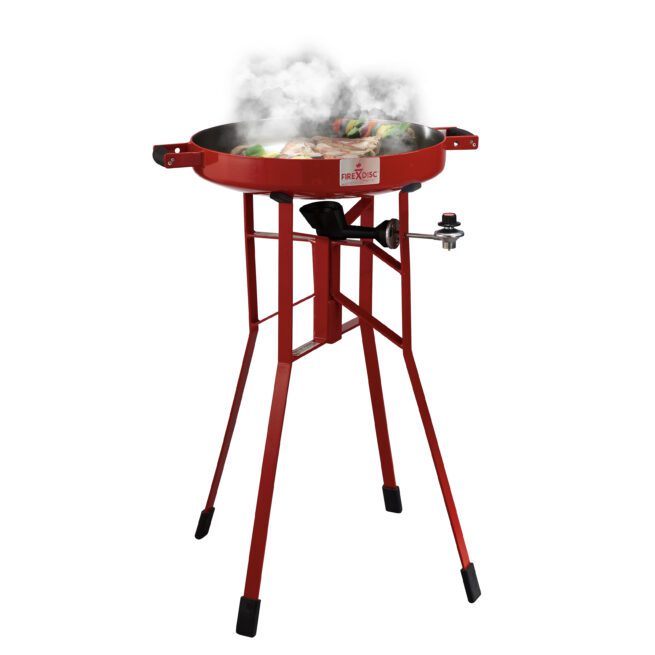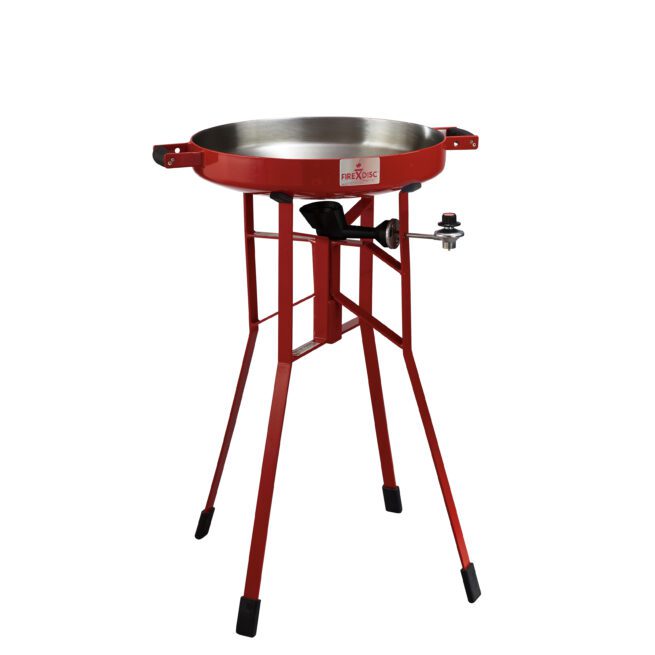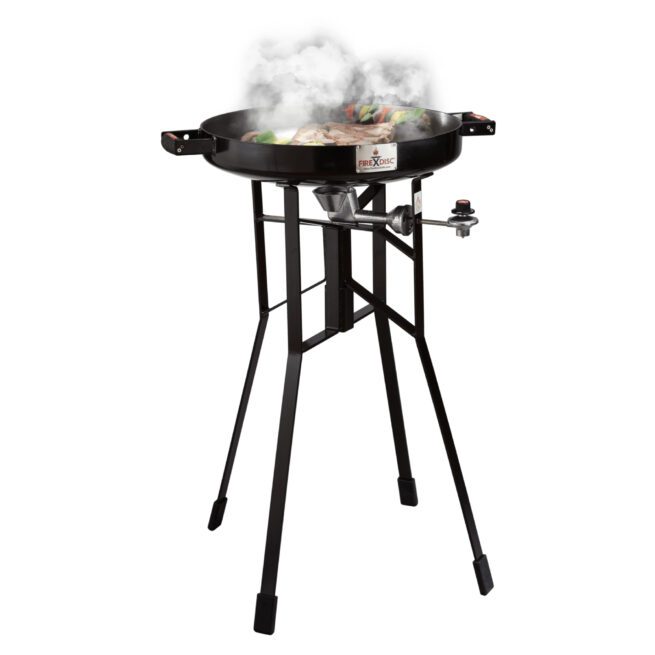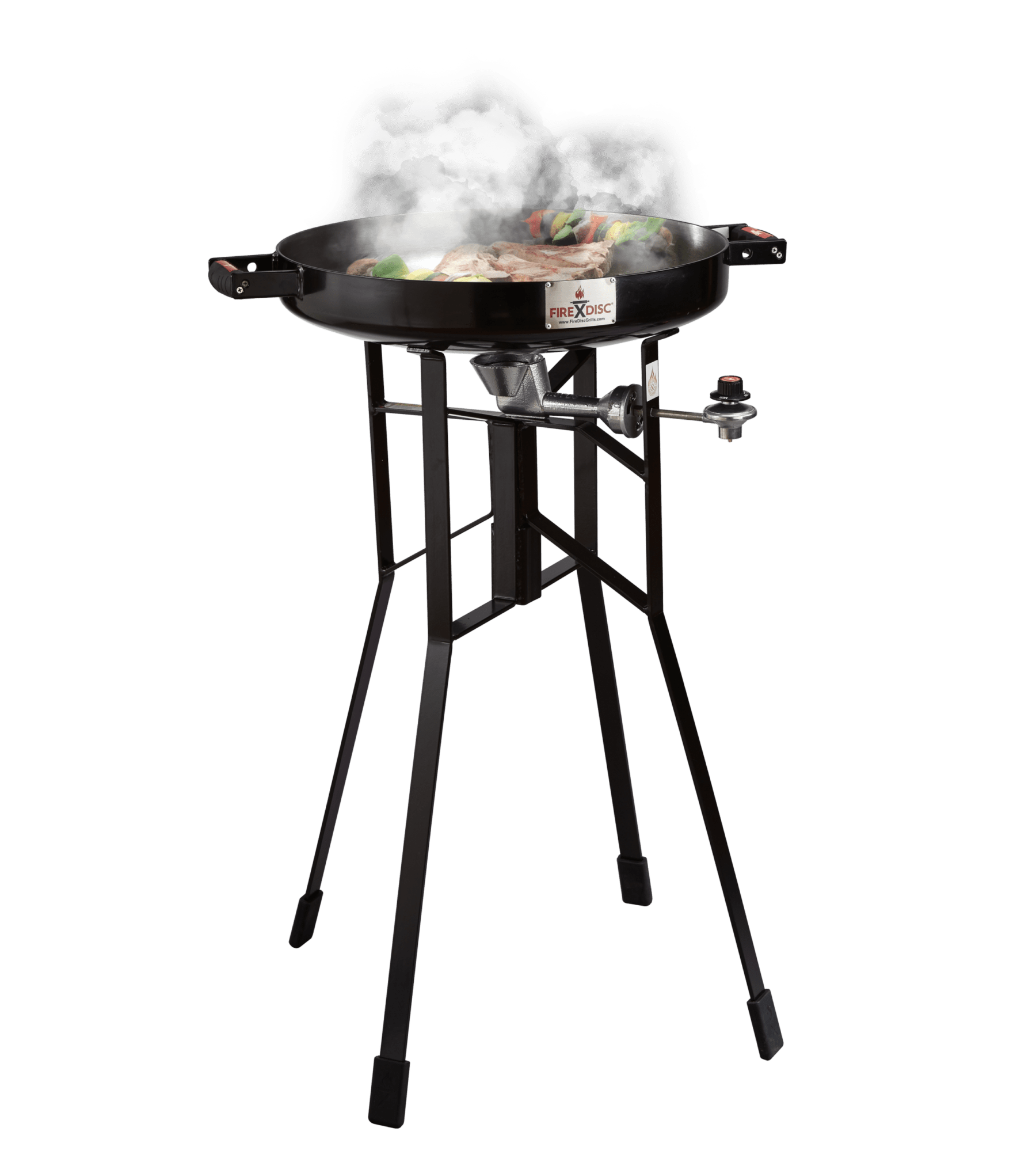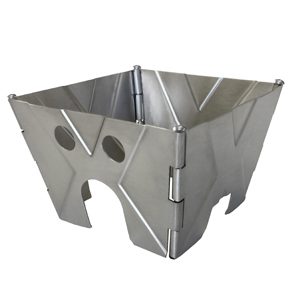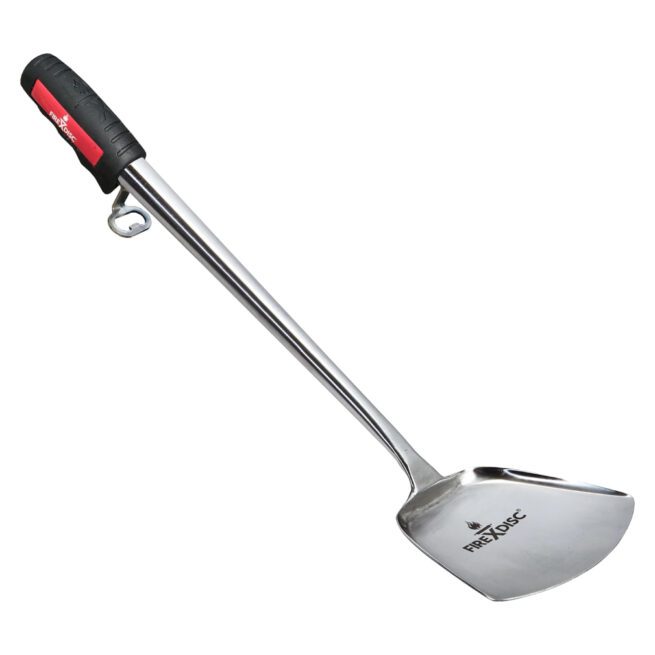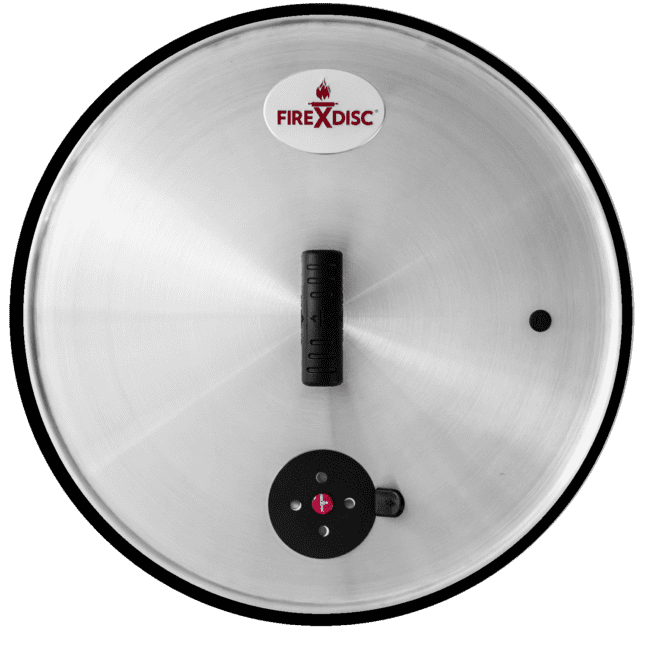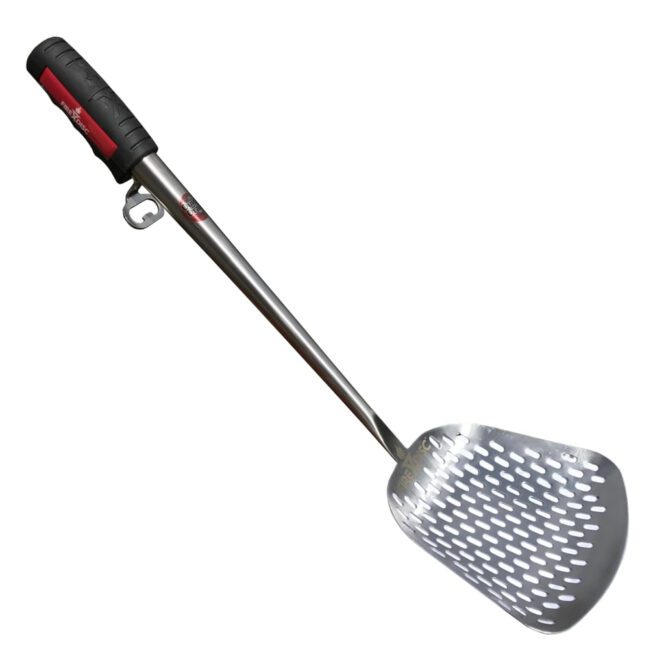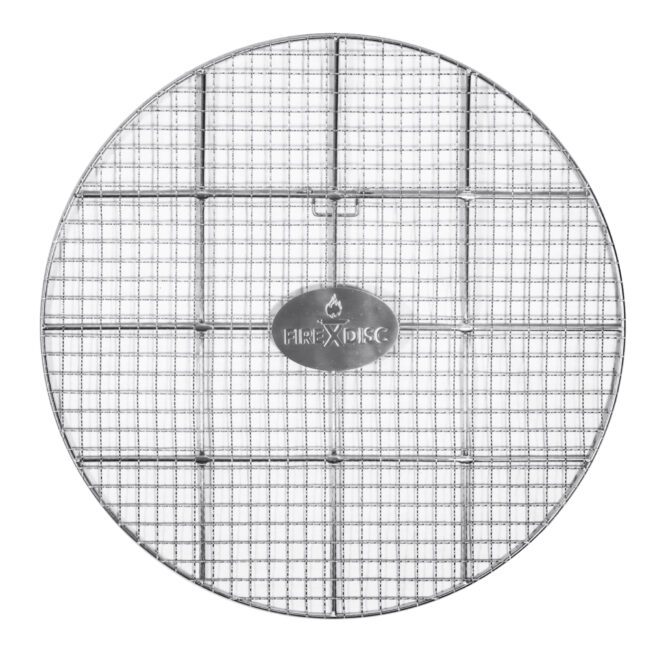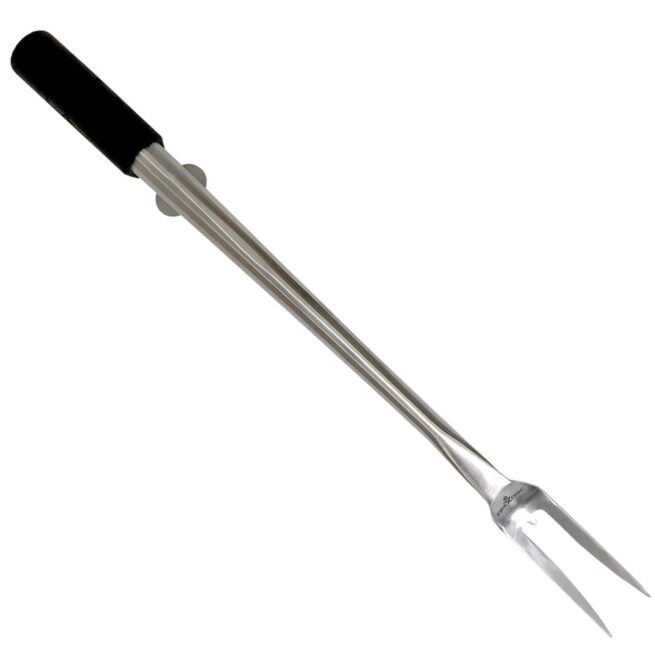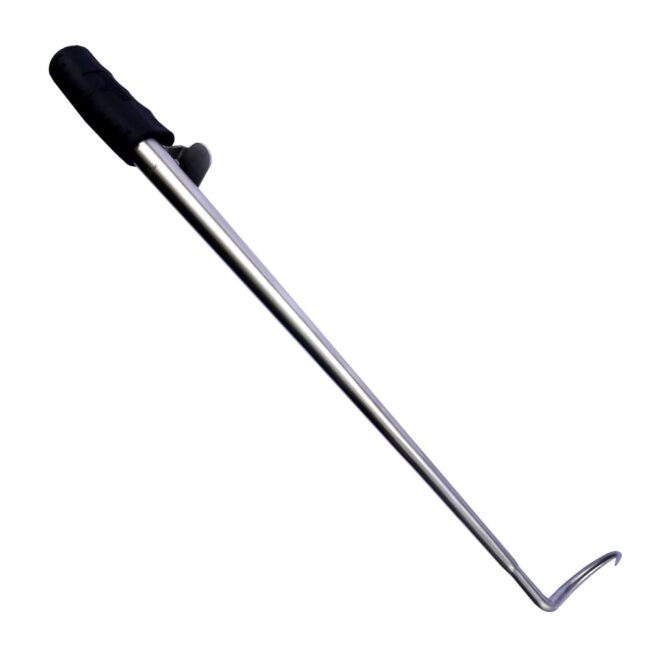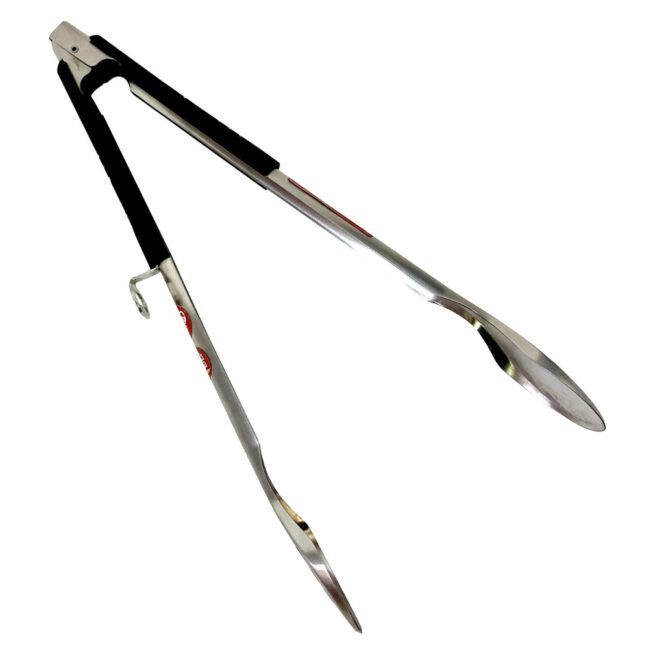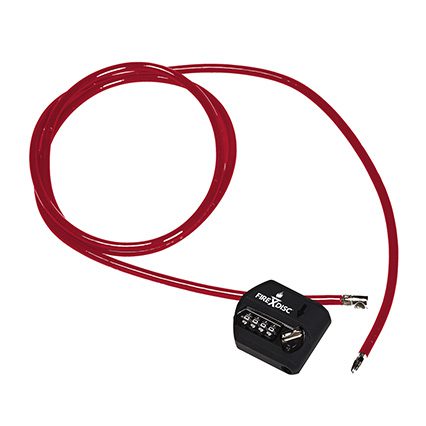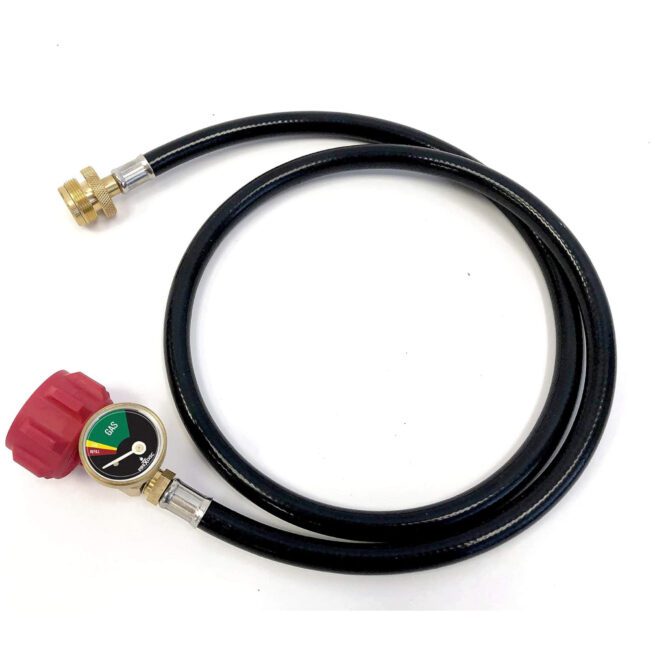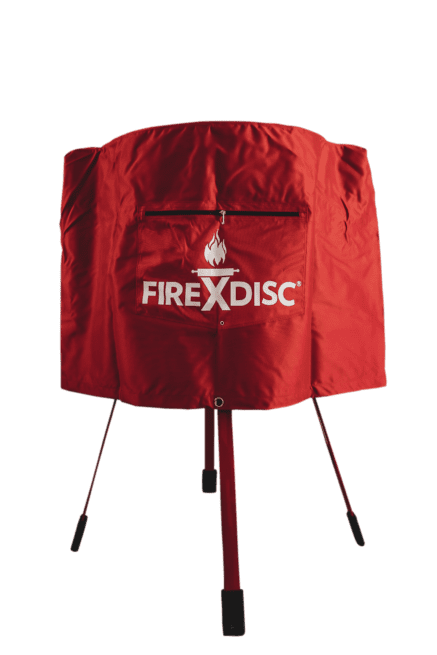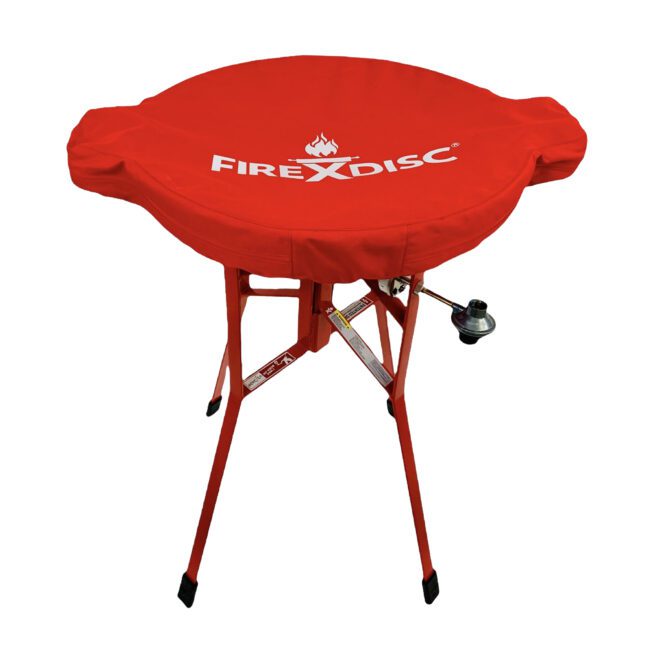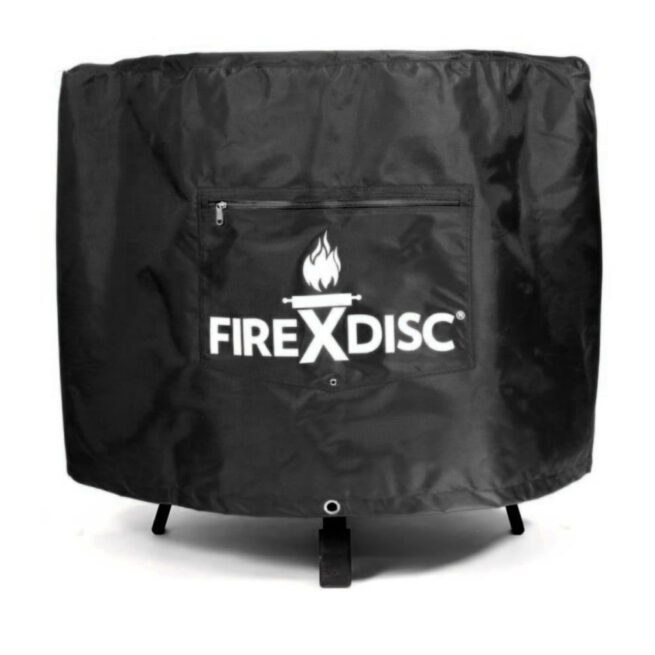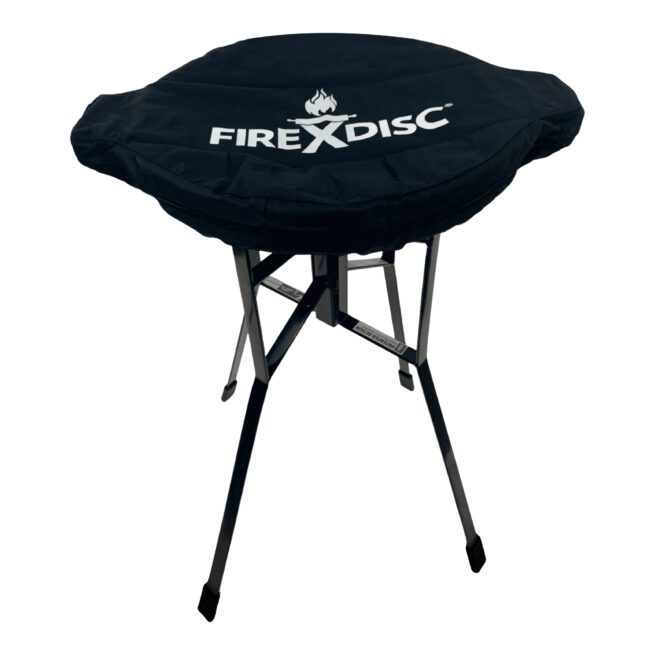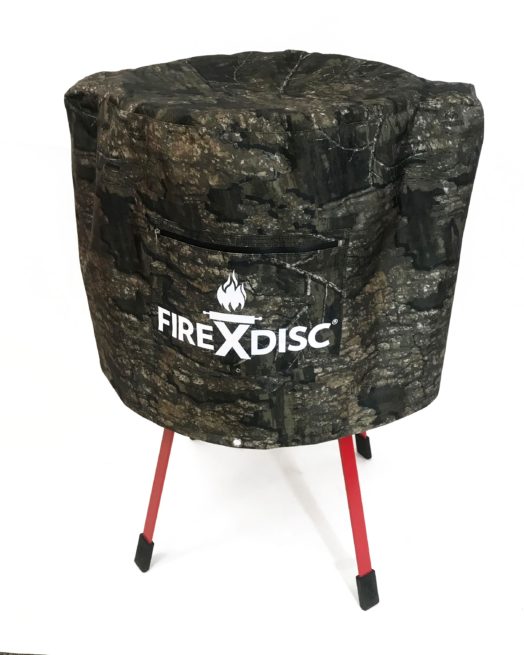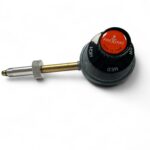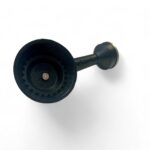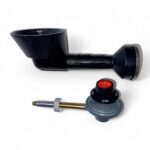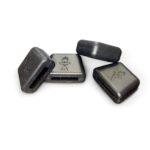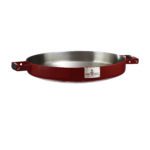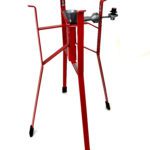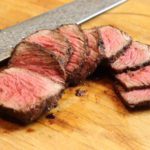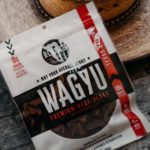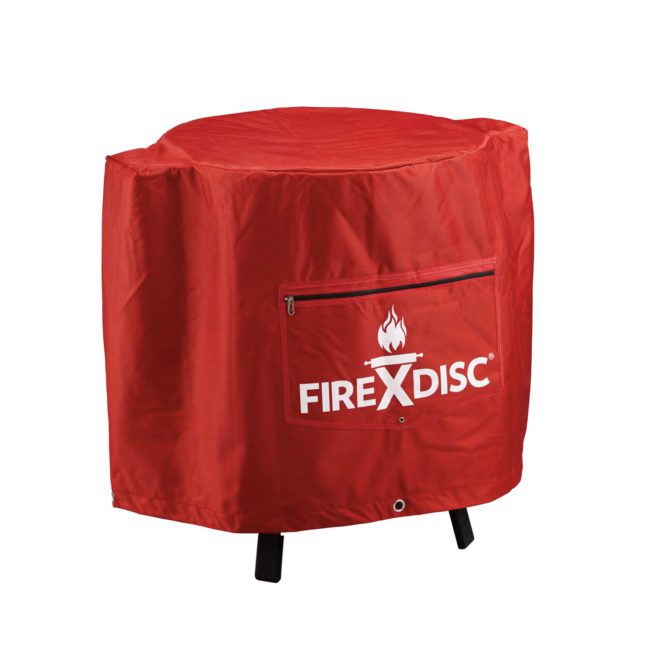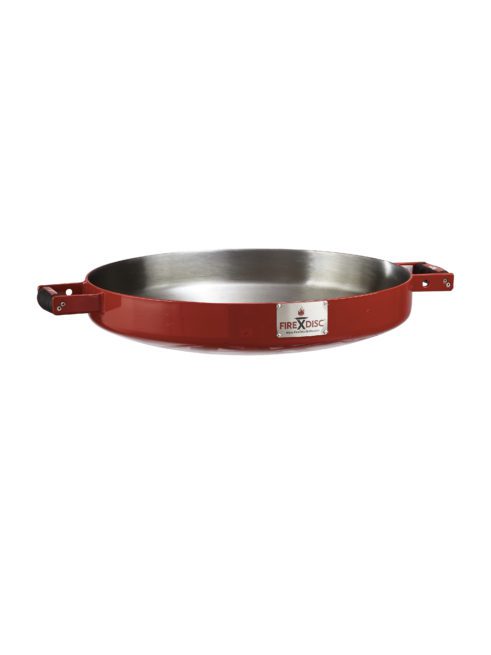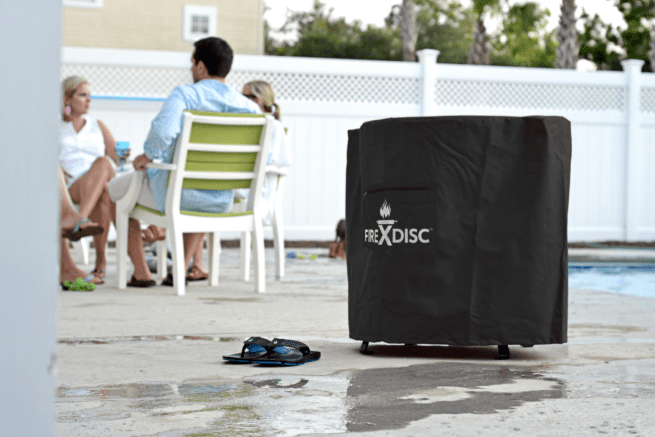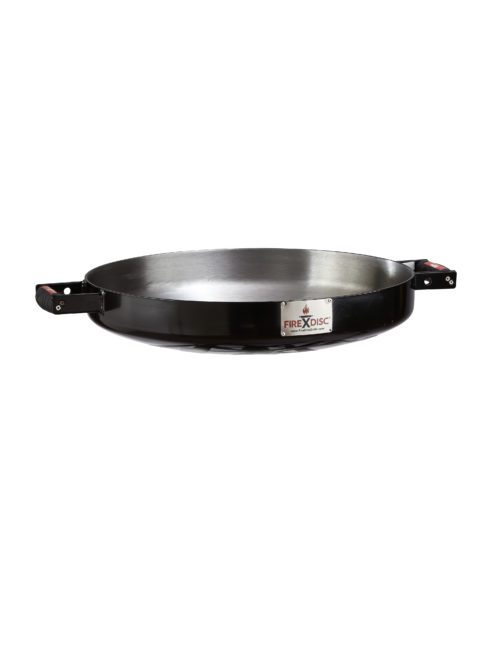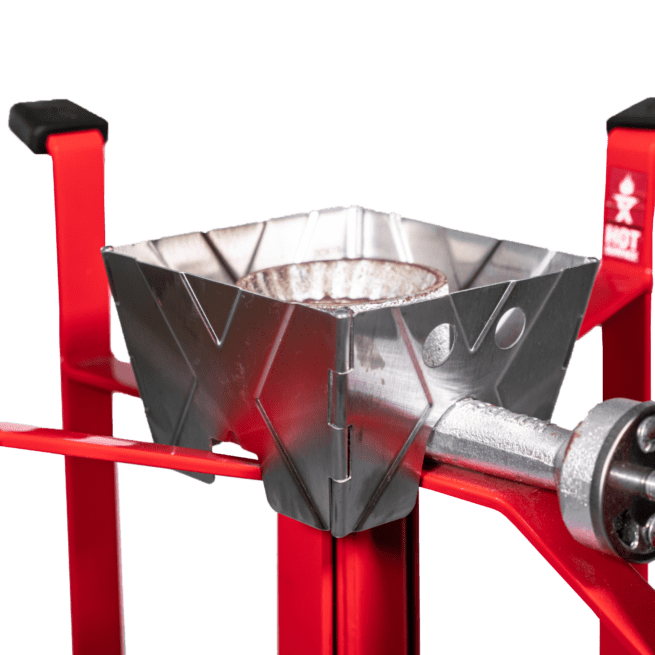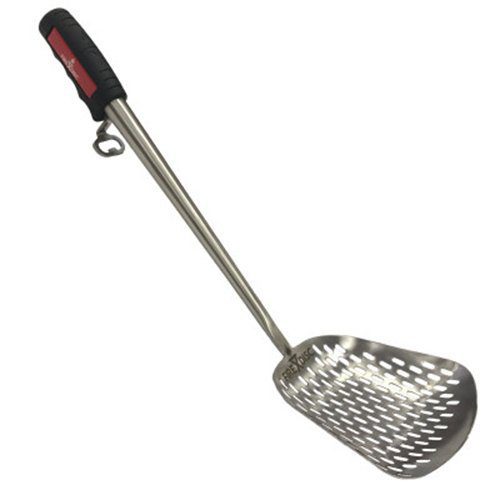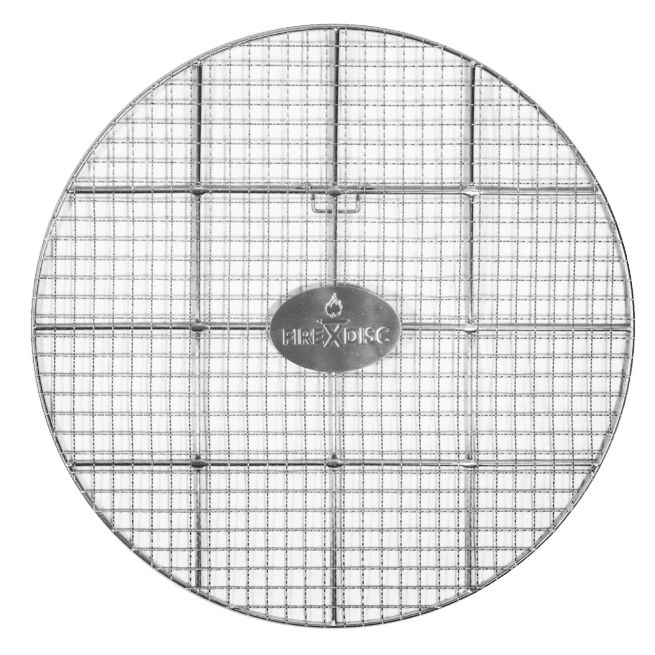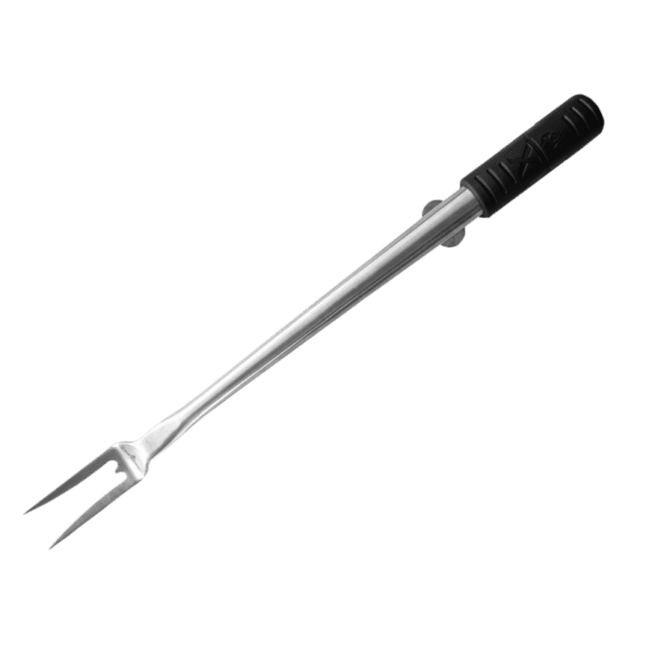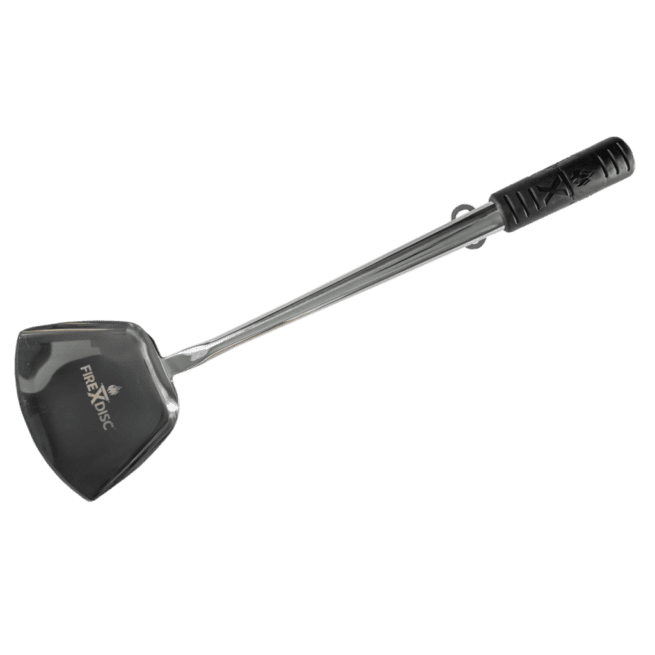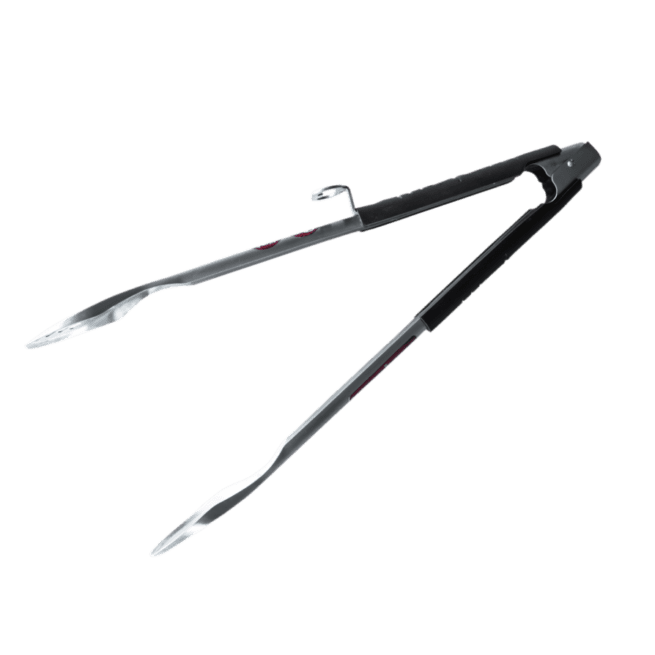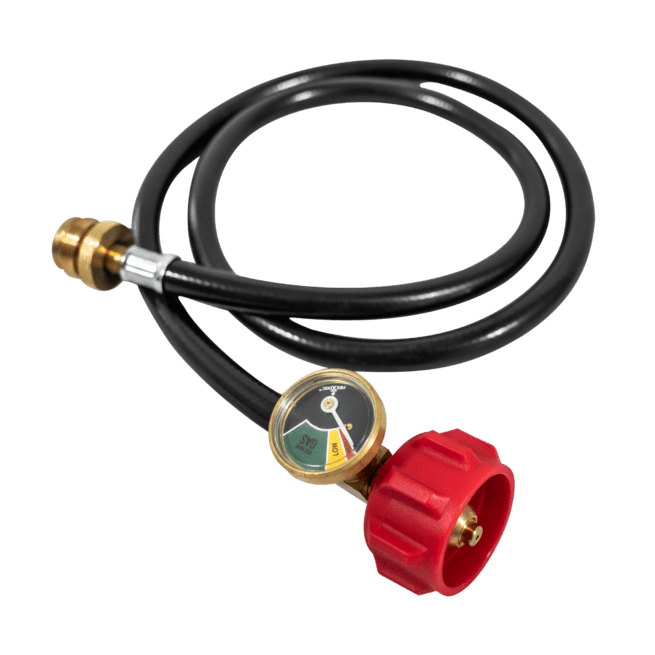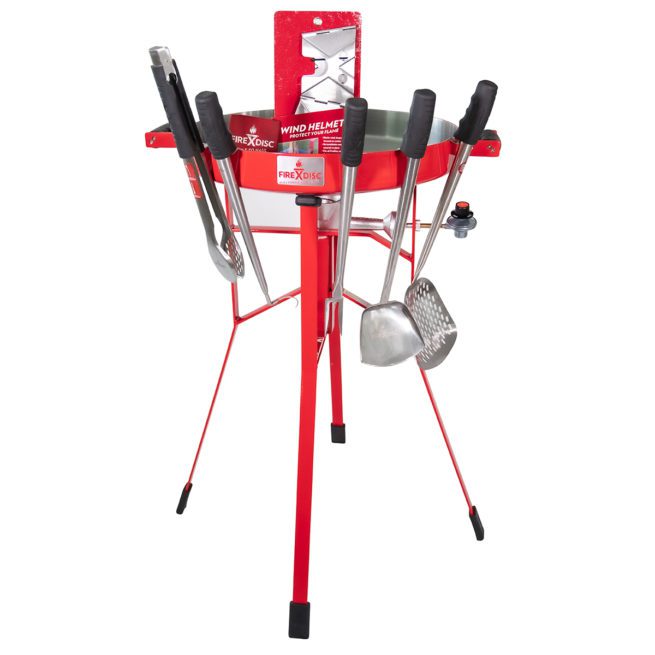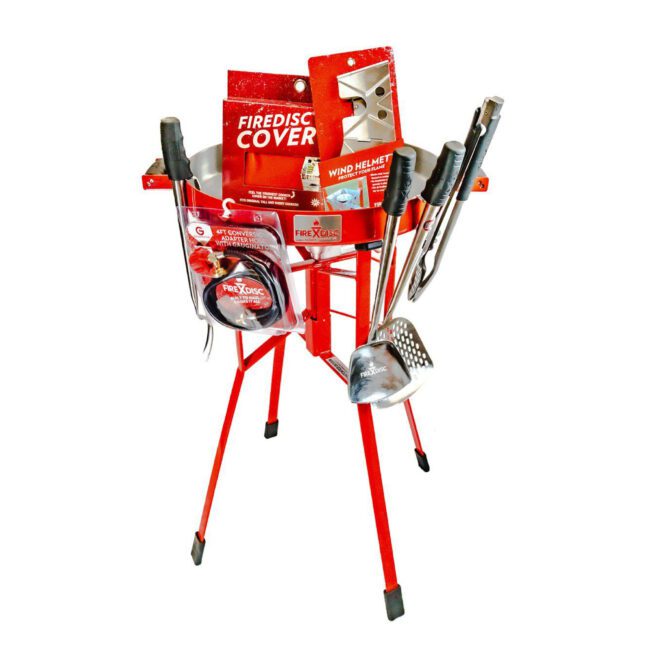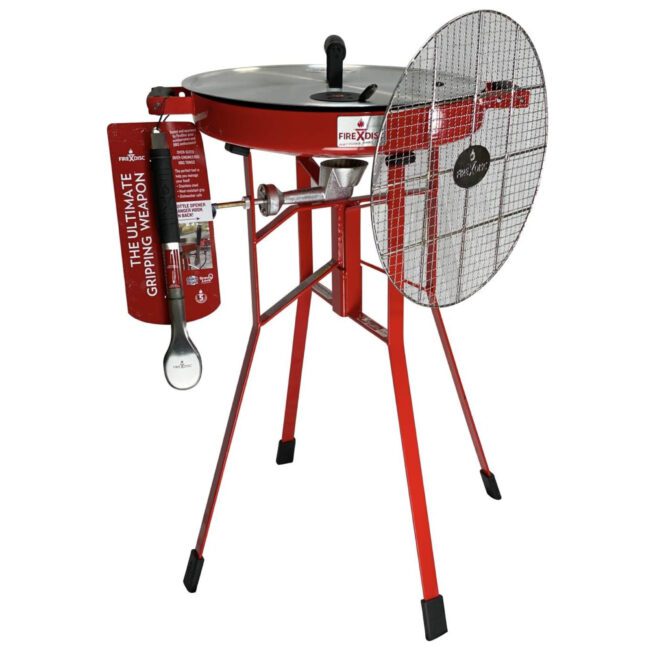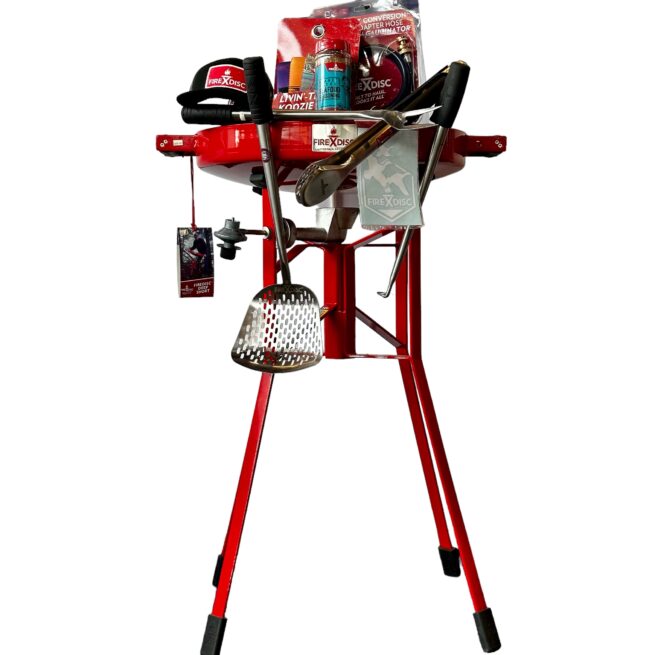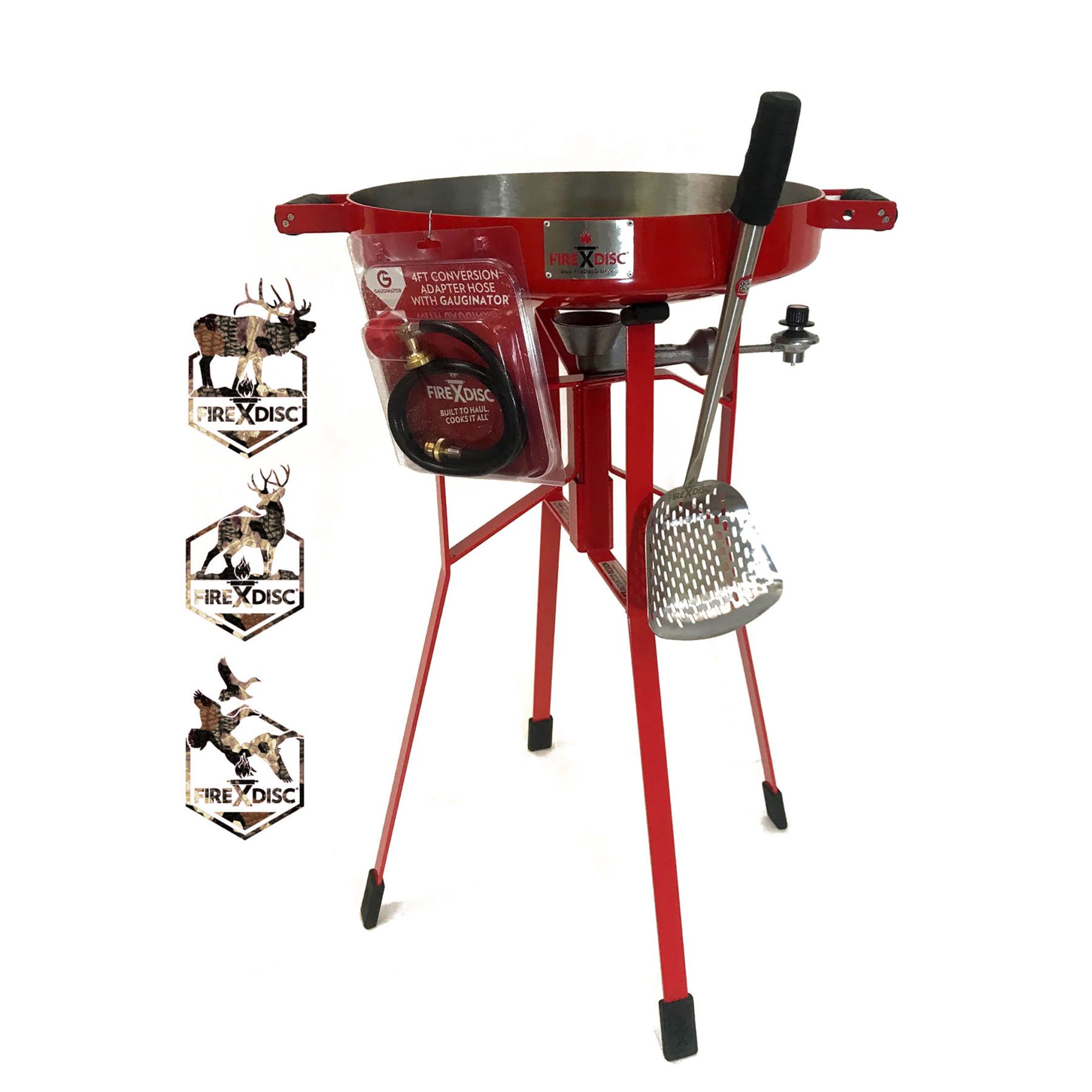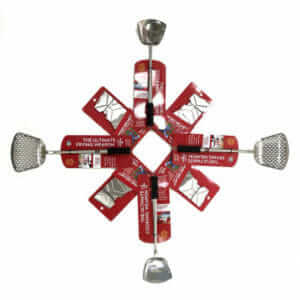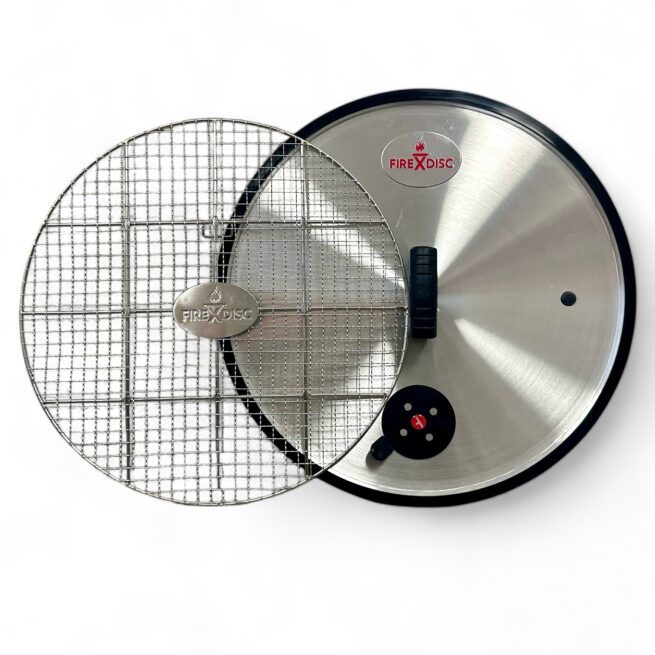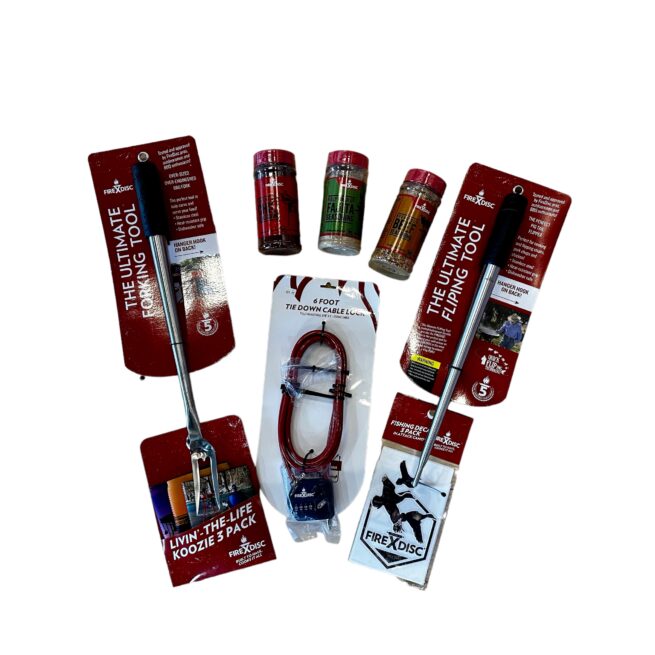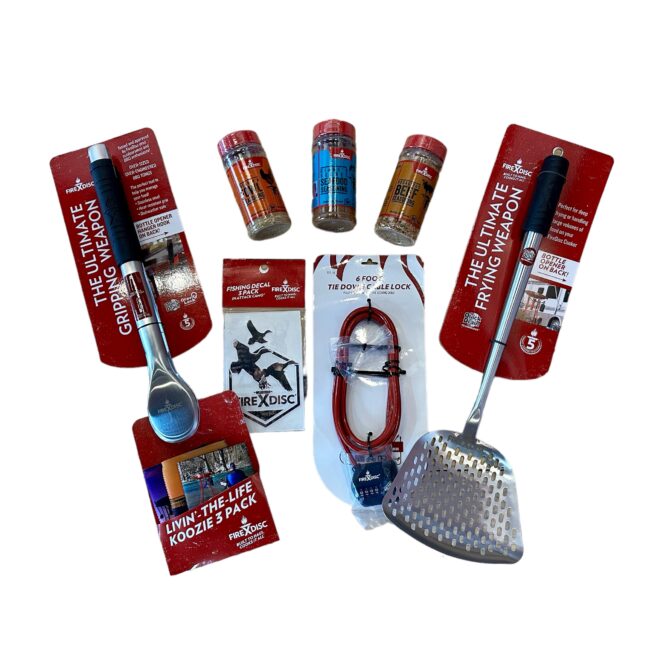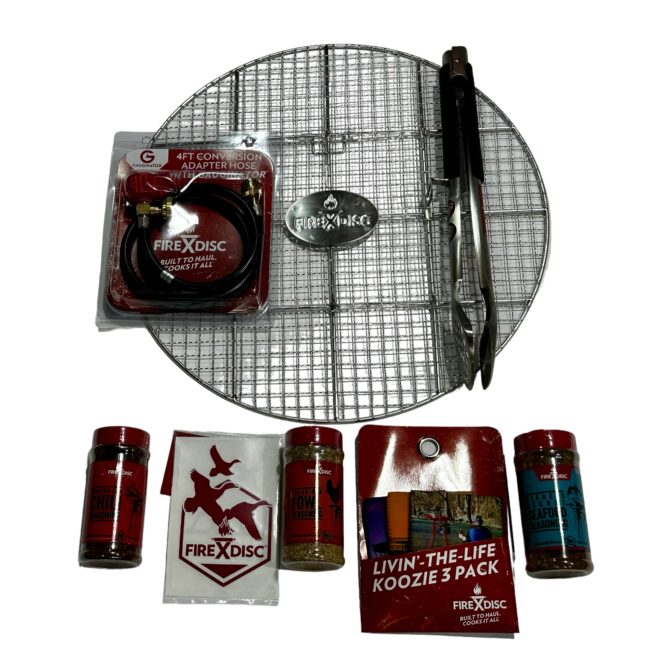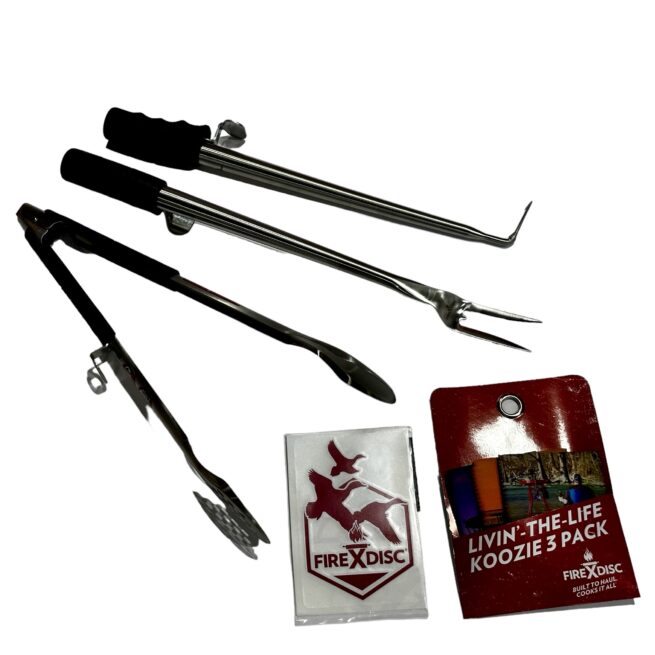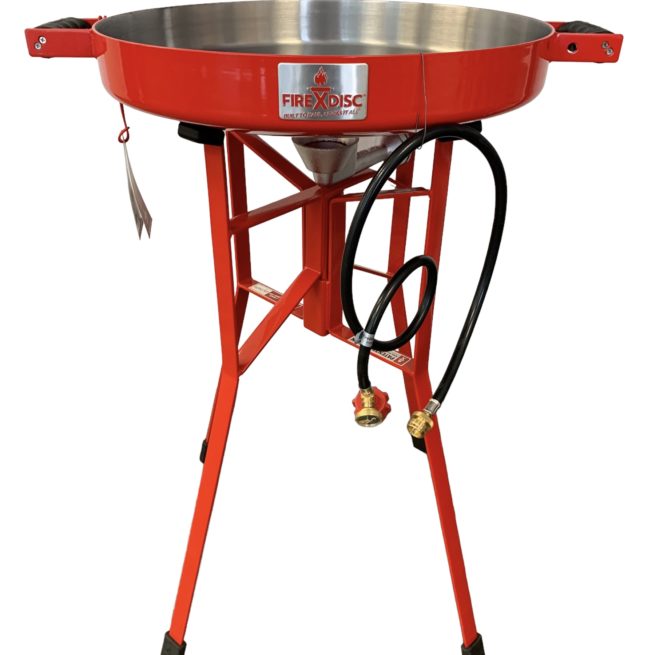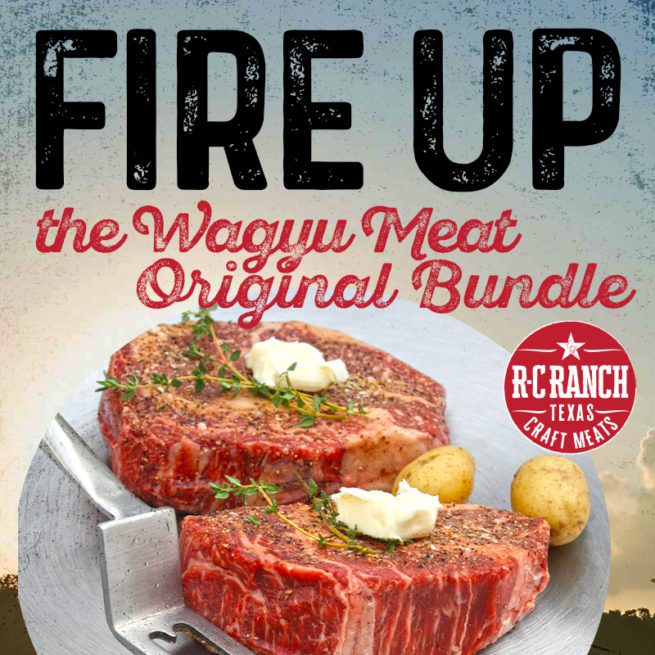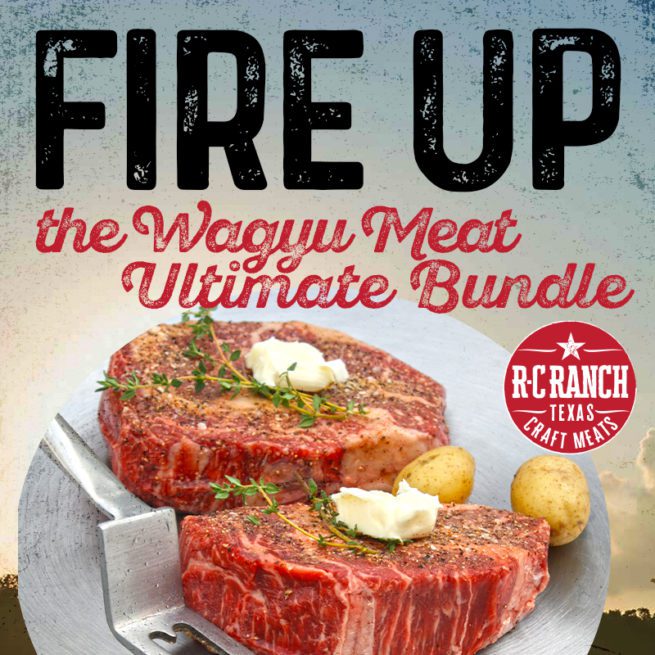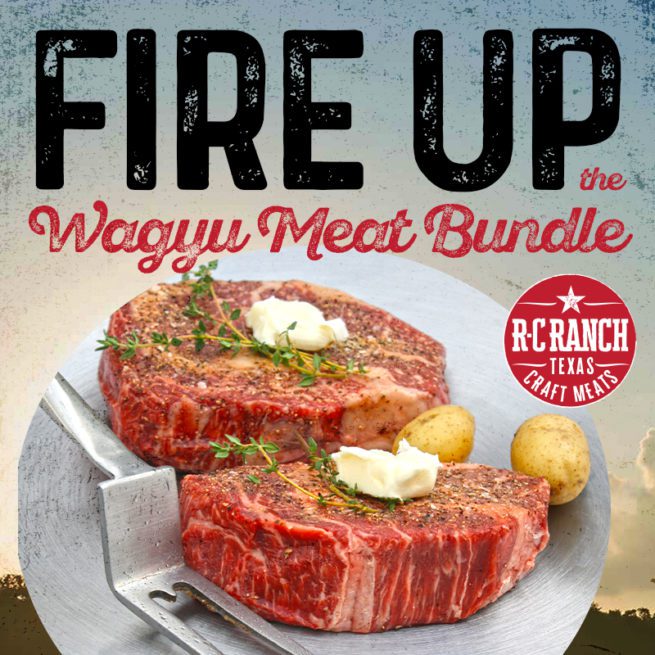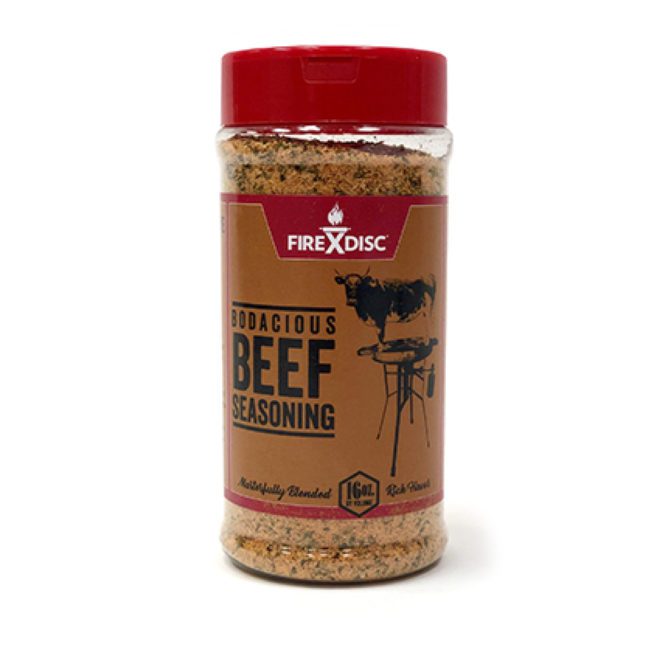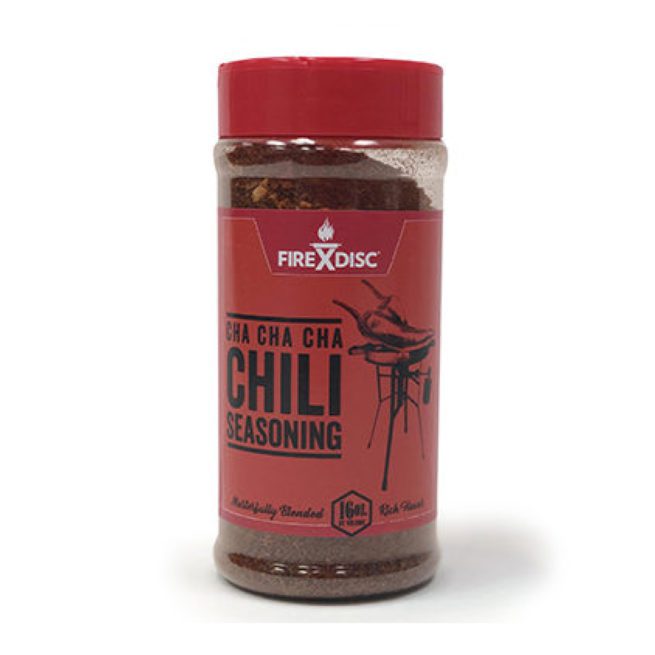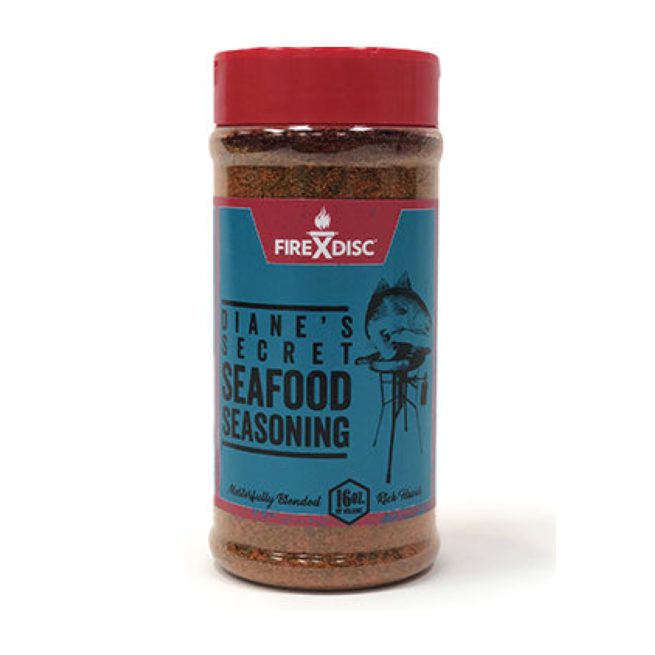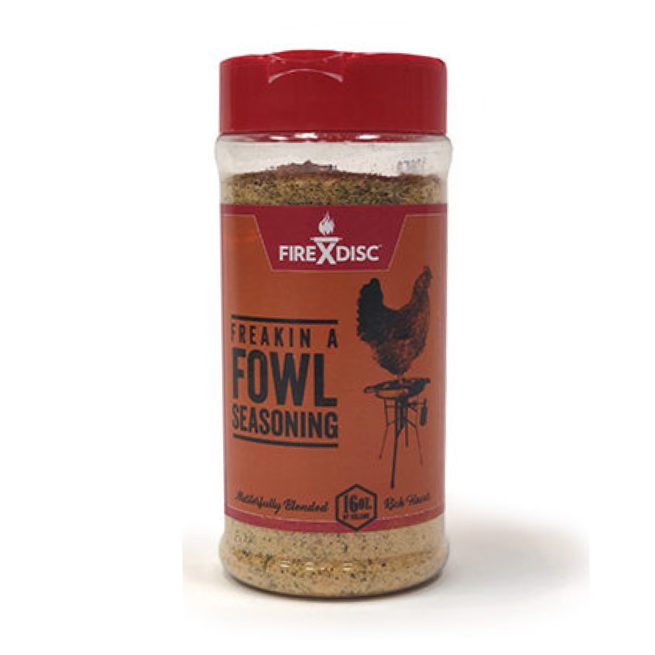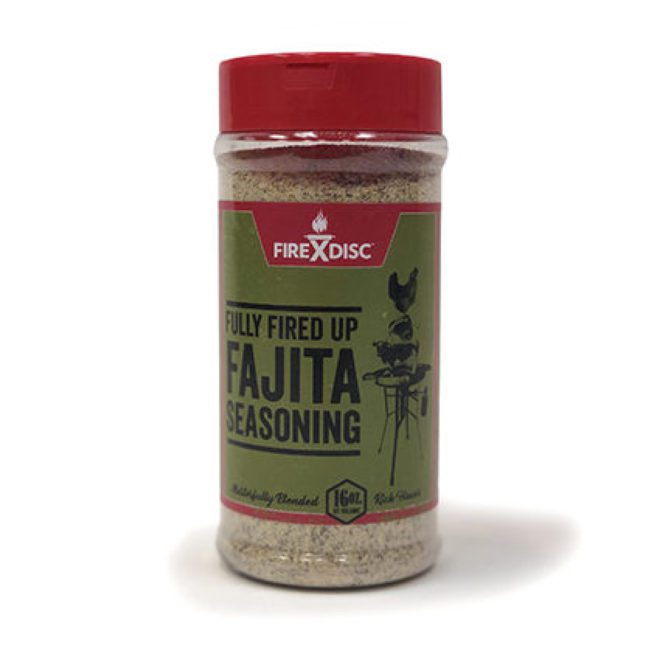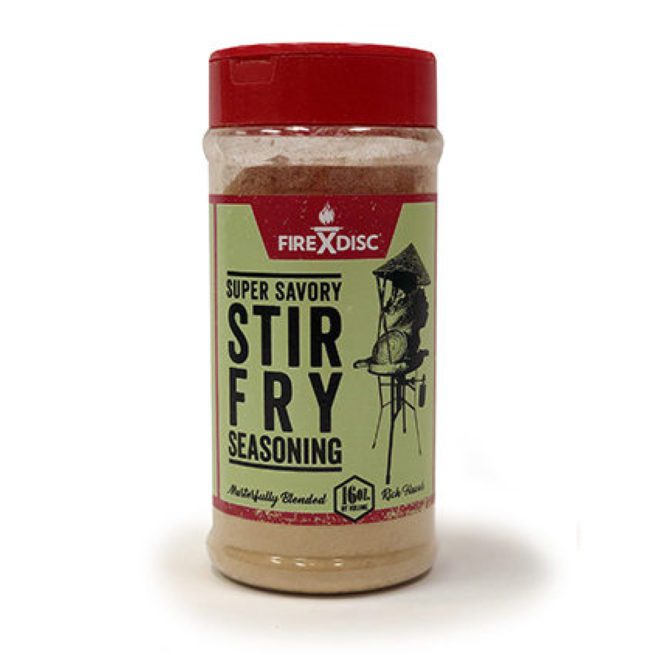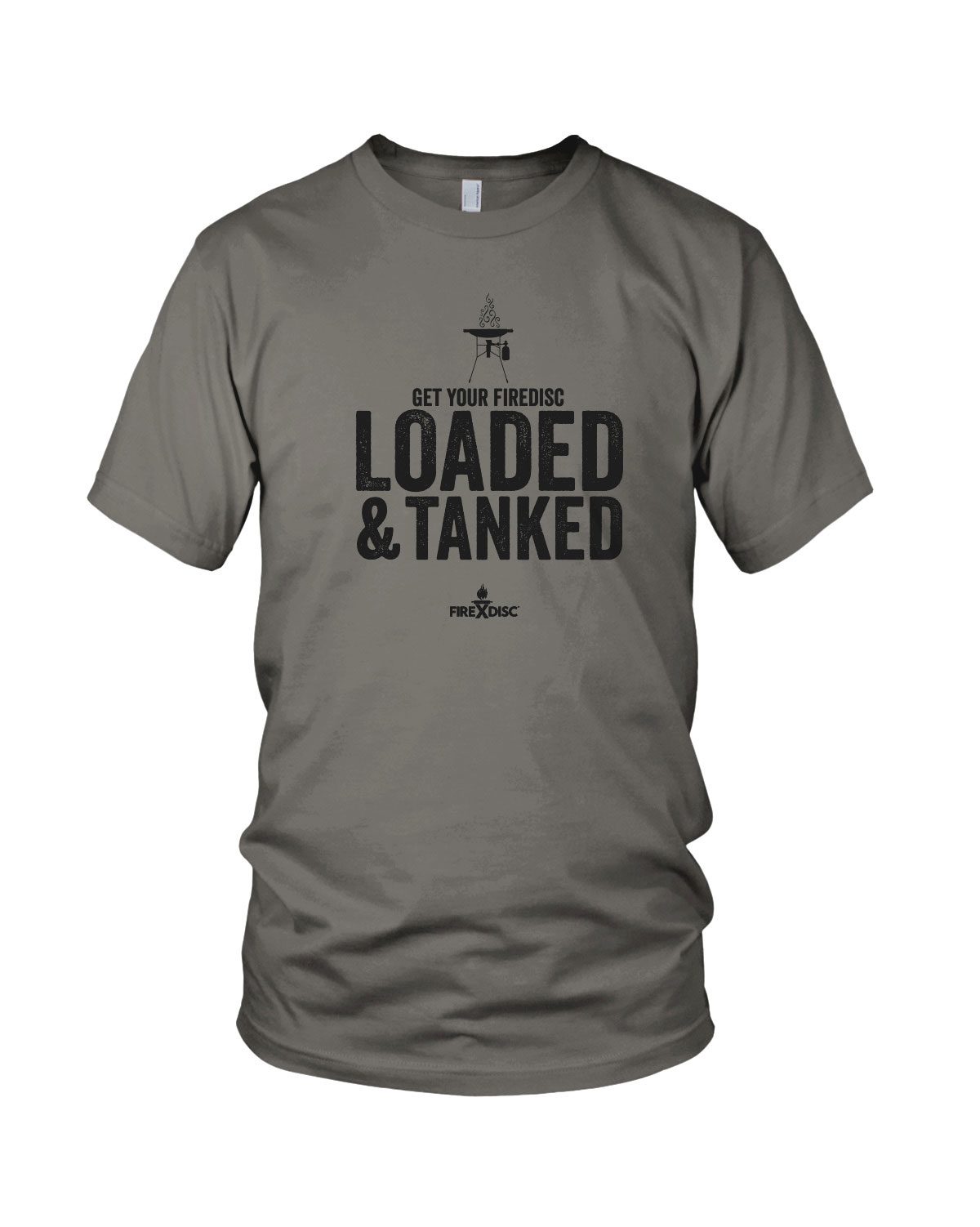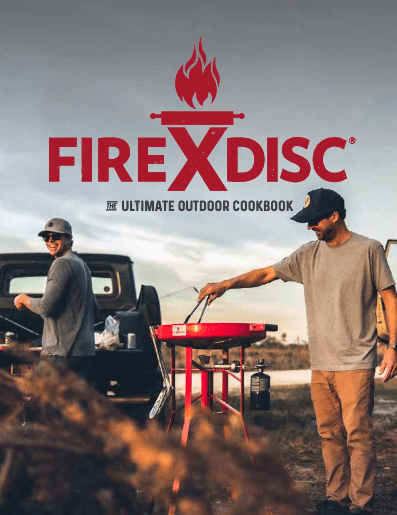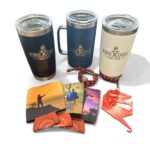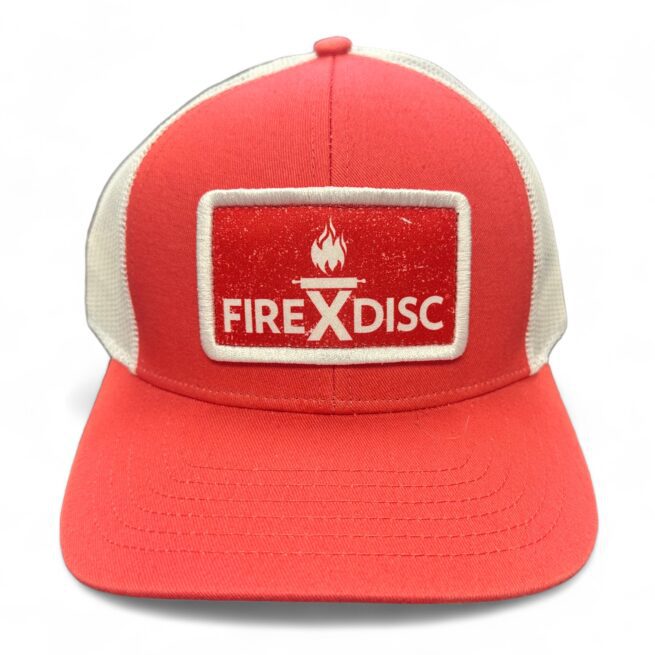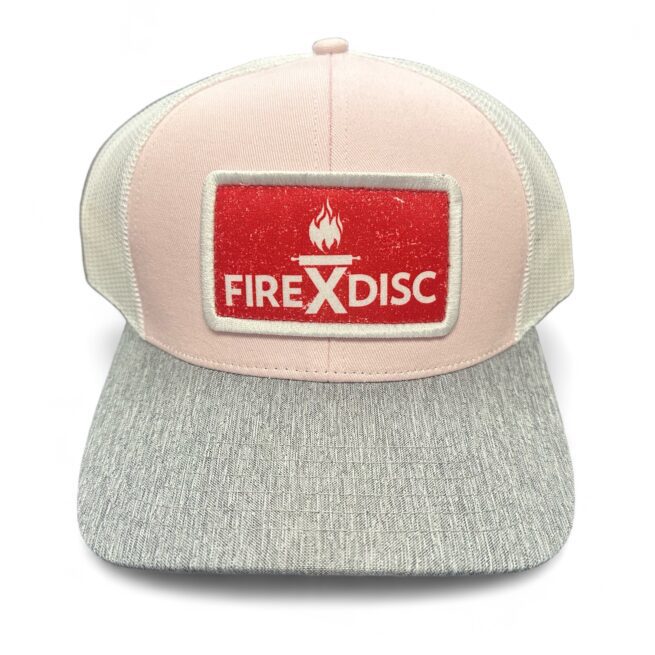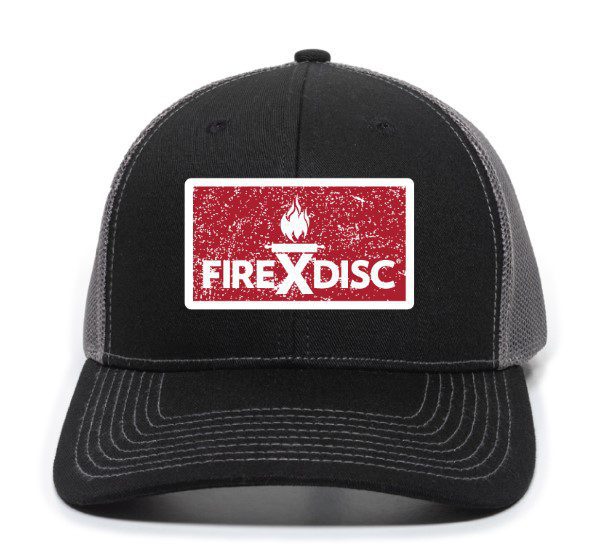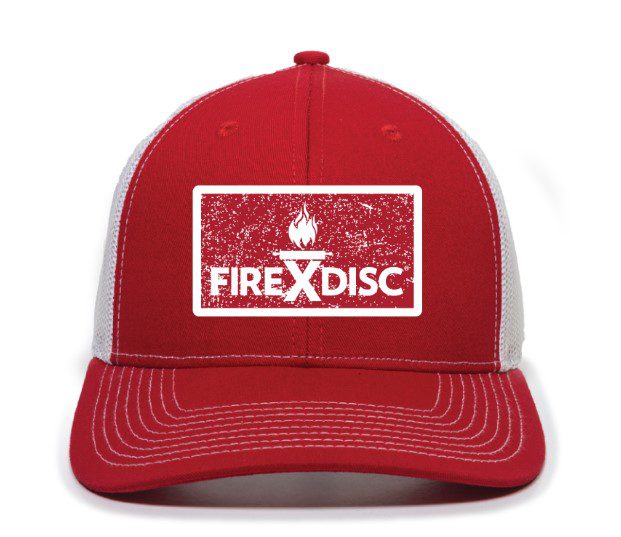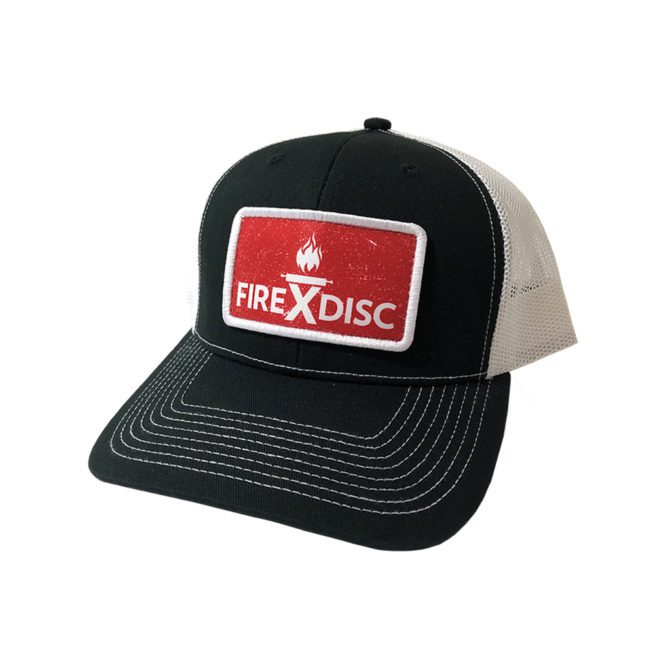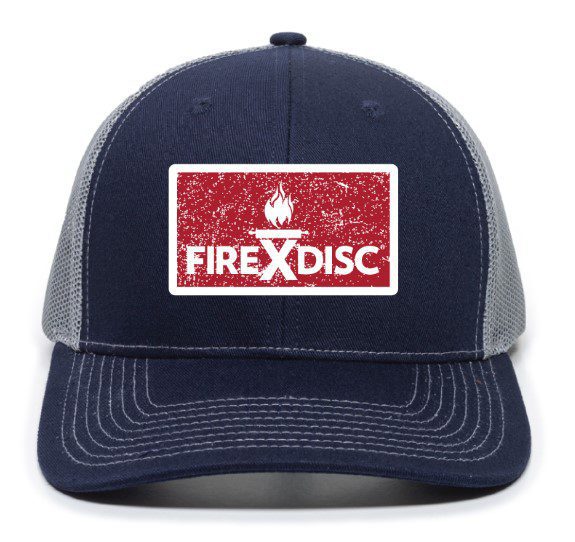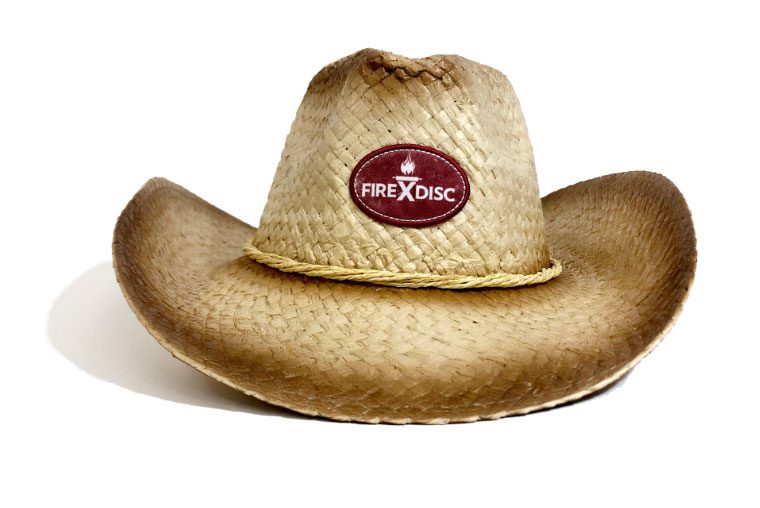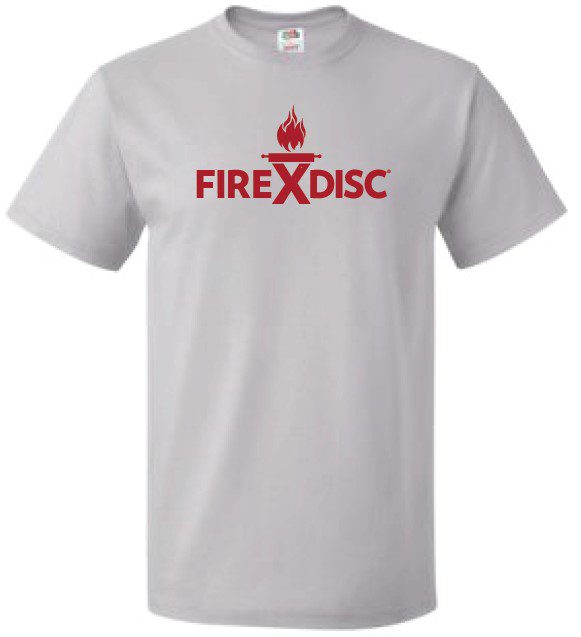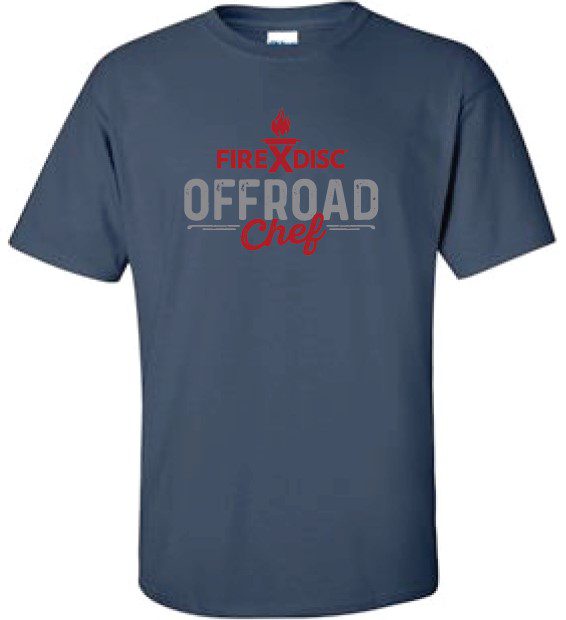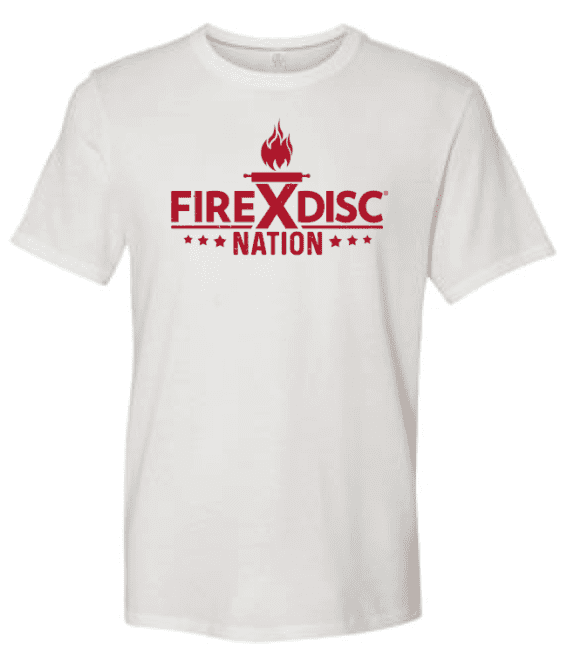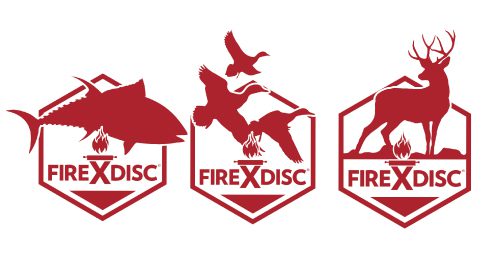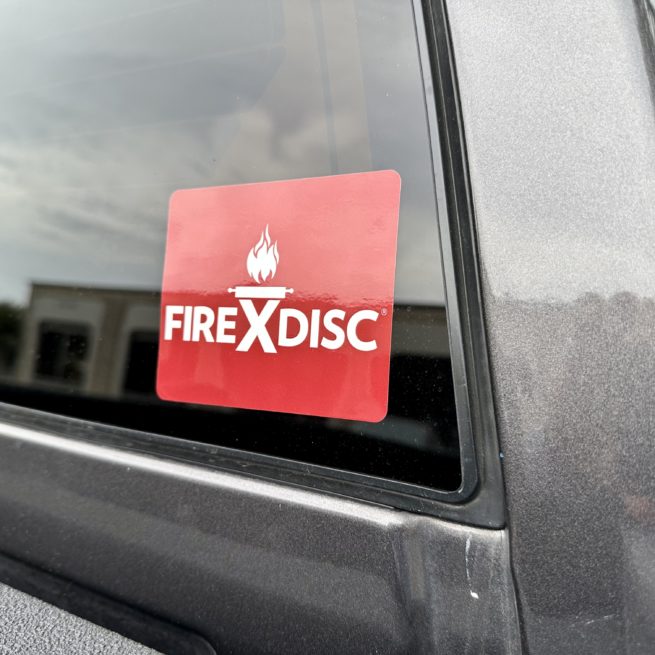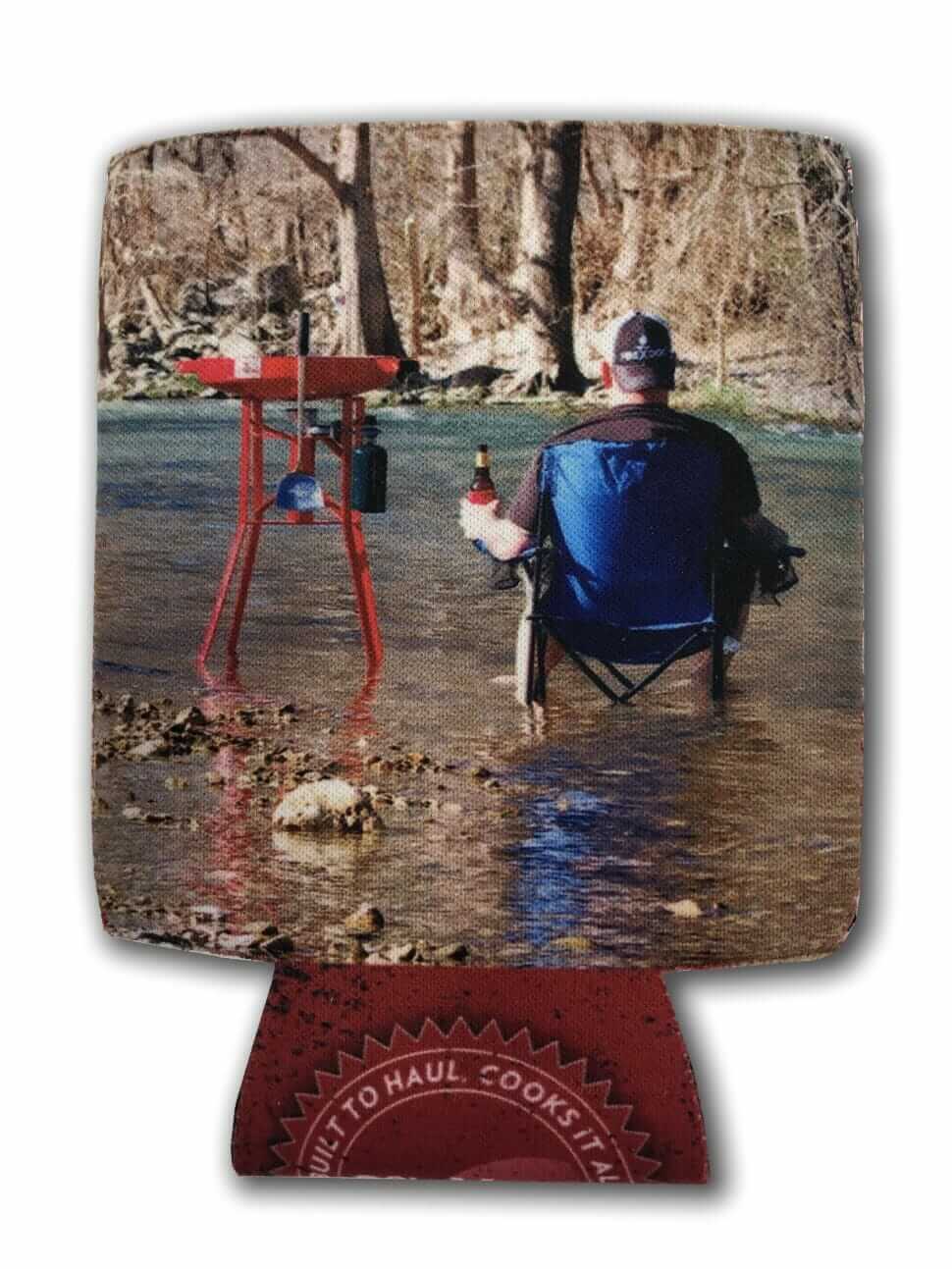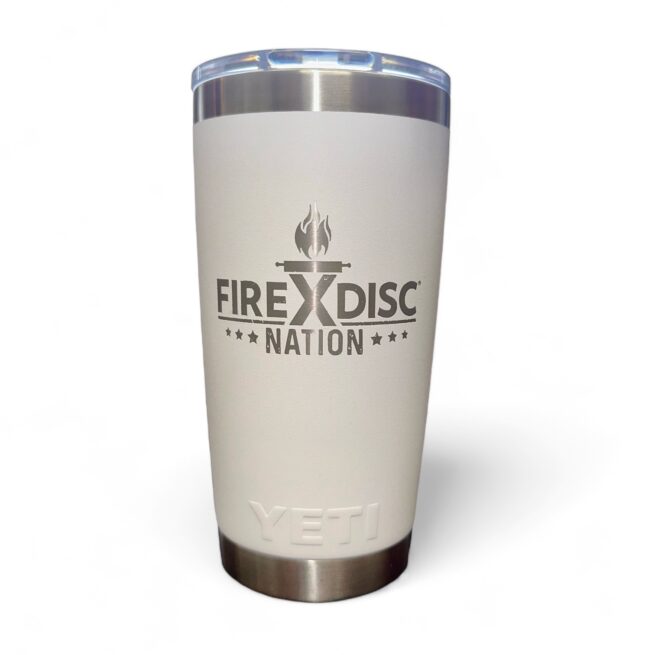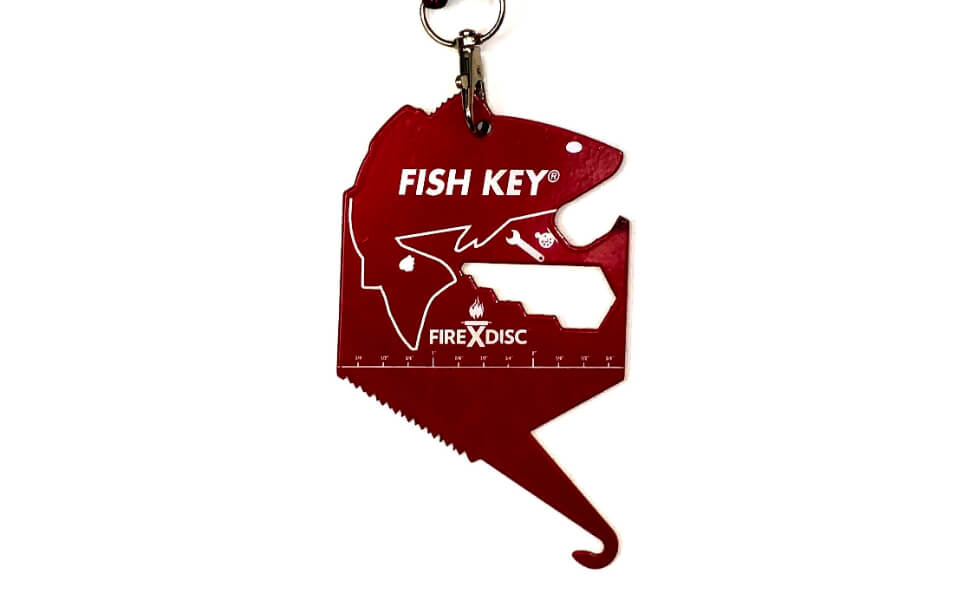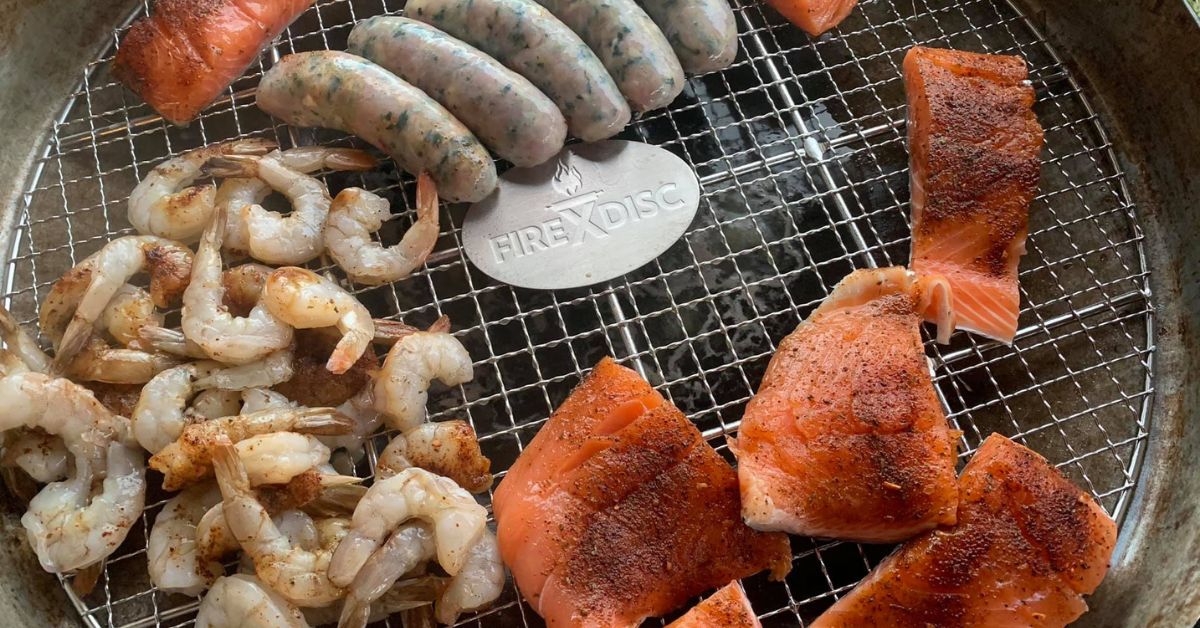Grilling is an art that combines technique, seasoning, and timing to create delicious meals. That’s why there’s always room for improvement in your grilling game. Make the most of backyard BBQs, campsite eating, and meals at home with these six helpful tips to improve your grilling skills.
Preheat the Grill
Begin by preheating your propane grill to ensure even heat distribution across the cooking surface. This step is crucial for achieving the best cooking results and preventing food from sticking. A well-preheated grill will make it easier to sear meats and vegetables, locking in those mouth-watering flavors.
To determine whether to preheat your grill to low, medium, or high heat, consider the type of food you are cooking. Delicate items, such as fish and vegetables, typically require lower heat for more gentle cooking, while thicker cuts of meat benefit from high heat to achieve a good sear. Medium heat is ideal for cooking items such as chicken, sausages, and burgers, allowing for thorough cooking without burning the exterior.
Master Heat Zones
Your FireDisc grill features three unique heat zones designed to maximize your cooking efficiency and versatility. Mastering heat zones on your FireDisc grill improves your grilling precision. With this skill, you’ll be able to prepare a variety of dishes simultaneously and serve everything hot and fresh. This technique enhances flavor, texture, and overall cooking efficiency, and it’s one of the reasons the FireDisc is the must-have outdoor grill.
If you’re looking to upgrade your grilling equipment, now’s the perfect time. For a limited period, use code LABOR15 for 15% off sitewide during our Labor Day sale. Don’t miss out on this opportunity to expand your grilling capabilities.
Low Zone
The low heat zone, located along the edge of the cooking surface, is perfect for keeping cooked foods warm, scrambling eggs, or gently steaming vegetables. This area is also an excellent spot for toasting buns or cooking quesadillas without burning them.
Middle Zone
The next circle of heat on the FireDisc is the middle zone, which cooks at medium temperatures. This spot is great for cooking items such as bacon, sausage, and burgers after their initial sear. This zone is also ideal for warming up food that you plan to combine with items from the center of the disc.
Center Zone
Lastly, the center zone cooks at the hottest temperatures. This zone is perfect for boiling seafood, frying fish, sauteing, or achieving that perfect sear on steak.
Season With the Right Oil
Oiling your FireDisc propane cooker enhances the flavor of your dishes and creates a non-stick surface that makes flipping and serving food easier. Additionally, seasoning your FireDisc before its first use, and after each cleaning session, ensures that it maintains its optimal performance.
For high-heat cooking, choose oils with a high smoke point, such as avocado or canola oil, to prevent them from breaking down and altering the flavor of your food. You should also consider the oil’s flavor profile. Neutral oils will allow the natural taste of the food to shine, while infused or flavored oils add complexity.
Here are some of the oils you can use on your FireDisc and their characteristics:
- Avocado oil: This oil has a high smoke point and a mild flavor, making it ideal for high-heat grilling and roasting while enhancing the taste of your food.
- Coconut oil: With a medium smoke point and a distinctly tropical flavor, coconut oil is suitable for adding richness to grilled dishes, especially when cooking seafood and poultry.
- Extra virgin olive oil: Known for its robust flavor and medium smoke point, extra virgin olive oil is great for sauteing, stir-frying, and slow roasting.
- Vegetable oil: A common choice due to its high smoke point and neutral taste, vegetable oil works well for frying and grilling a wide variety of foods without influencing their flavor.
Cut Ingredients Uniformly
Uniformly cut ingredients are key to achieving even cooking. Ensure that meats and vegetables are cut into similar sizes to promote consistent cooking times. Smaller pieces cook more quickly, making them ideal for stir-fries or quick-seared dishes.
To cut ingredients uniformly, use a sharp knife, as it will make clean cuts and reduce the risk of crushing softer ingredients. For consistency, use a sturdy, non-slip cutting board that enhances the speed and precision of your chopping. Always cut against the grain for meats to ensure tenderness and aim for even thickness, ideally around one to two inches, for uniform cooking.
Here are common types of cuts and their uses:
- Julienne: This cut involves slicing vegetables into thin, matchstick-sized pieces, making them ideal for stir-fries and salads due to their quick cooking time and attractive presentation.
- Dice: This cut is used to create uniform cubes of food, typically used for stews and casseroles where even cooking and texture are important for the overall dish.
- Chiffonade: Created by stacking leafy greens or herbs, rolling them tightly, and slicing into thin ribbons, this cut is perfect for garnishing dishes or adding to salads for a fresh touch.
- Batonnet: Batonnet slices are thicker chunks than julienne, typically used for cooking vegetables like carrots and potatoes for roasting or frying.
- Mince: This involves chopping food into very small pieces, ideal for ingredients like garlic or herbs, where you want an intense flavor distribution throughout the dish.
- Butterfly: Primarily used on meats, the butterfly cut involves slicing the protein almost in half and opening it like a book, allowing for quicker and more even cooking.
Add Sauces at the Right Time
Adding sauce too early can cause the sauce to burn and leave an unpleasant sticky residue on your food. On the other hand, adding sauce too late may result in an uneven coating, leaving some ingredients bland while others are overly seasoned.
Instead, let the ingredients develop a crisp, golden-brown exterior. Then, add the sauce and cook for another two to three minutes so the sauce covers the ingredients but doesn’t burn.
Keep the Grill Clean
The FireDisc is easy to clean, making it ideal for outdoor cooking without the hassle of tough cleanup. Thanks to its innovative design, the hot surface naturally loosens food and debris, eliminating the need for harsh chemicals or scrubbing. After grilling, a quick one-minute cleanup involves wiping away solid debris, followed by wiping the surface with a wet dishcloth or paper towel—no soap required. Finish by drying it with a cloth and letting it air dry completely.
For a brand-new FireDisc, use diluted mild dish soap for the initial cleaning. After this initial cleaning, you can simply maintain the cooker with a light layer of cooking oil. You can coat the cooking surface with vegetable oil, canola oil, melted shortening, or lard every time after cleaning.
Successful grilling is all about mastering techniques and paying attention to detail. Preheating your grill, mastering the FireDisc’s heat zones, using the right oils and cutting methods, adding sauce at the right time, and keeping the grill clean will produce the best food you’ve ever cooked outdoors. Get new grill accessories, crowd-pleasing seasonings, or maybe even a new grill during our Labor Day Sale using code LABOR15 for 15% off sitewide. Act fast to start grilling like a pro.

